$2,700.00 – $8,000.00
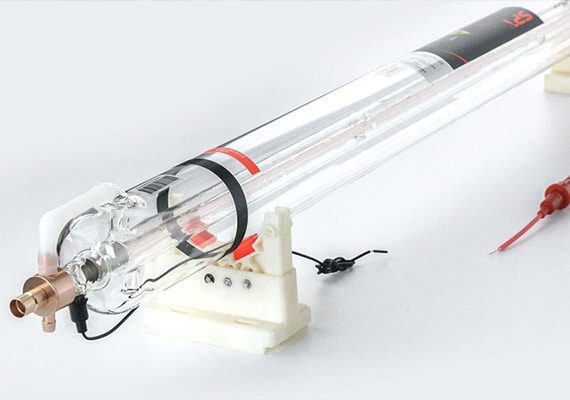
The machine is equipped with a powerful CO2 laser tube, which can provide precise and efficient cutting and engraving performance on various materials, including acrylic, wood, leather, fabric, glass, and so on. A high-powered laser tube ensures clean, precise cuts and smooth edges, while also enabling detailed engraving, making it suitable for intricate designs and industrial applications.
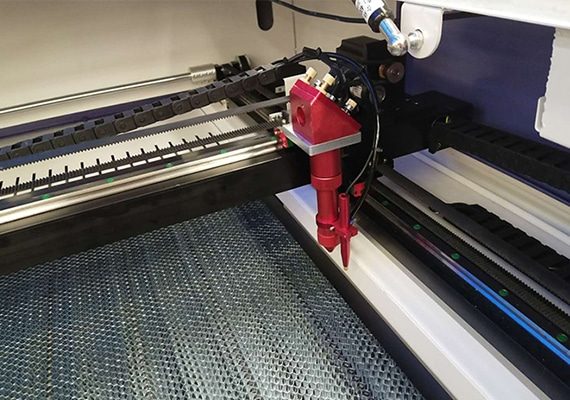
The high-precision CO2 laser head is selected, and it has a red dot positioning function to ensure that the laser beam is precisely aligned with the focusing optics and the nozzle. An accurate laser beam contributes to consistent and uniform cutting results. Additionally, the CO2 laser head is equipped with height control, which ensures consistent focus and compensates for any variations in material thickness or uneven surfaces.

The machine is equipped with an advanced motion system to ensure smooth and accurate movement of the laser head during cutting and engraving. This precise motion control enables clean, sharp cuts while also enabling detailed and intricate engraving on a variety of materials.
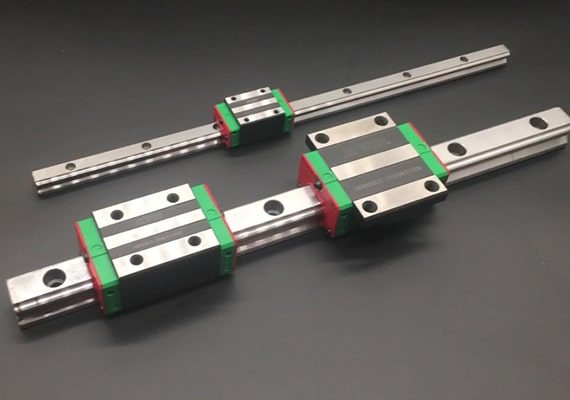
The machine is equipped with a Taiwan HIWIN guide rail with excellent precision. HIWIN is manufactured to tight tolerances, ensuring smooth and stable linear motion. This level of precision contributes to accurate and consistent laser cutting, especially when working with intricate designs and fine details. In addition, HIWIN rails are designed to minimize friction, resulting in smooth and quiet movement.
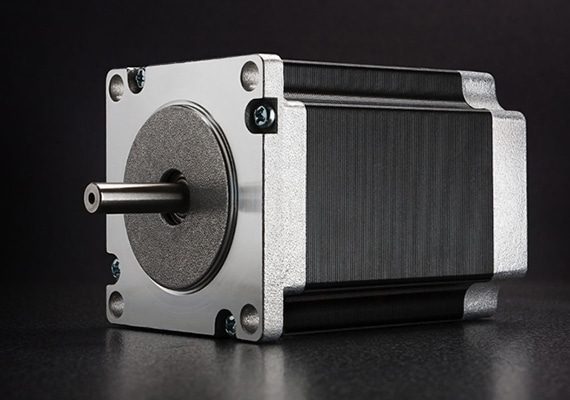
The machine adopts a stepper motor with strong power and reliable performance to ensure the normal operation of the machine. Not only are stepper motors cost-effective, but they also provide precise control of moving parts, ensuring high-quality laser cutting and stable positioning of optical components for reliable, efficient operation.
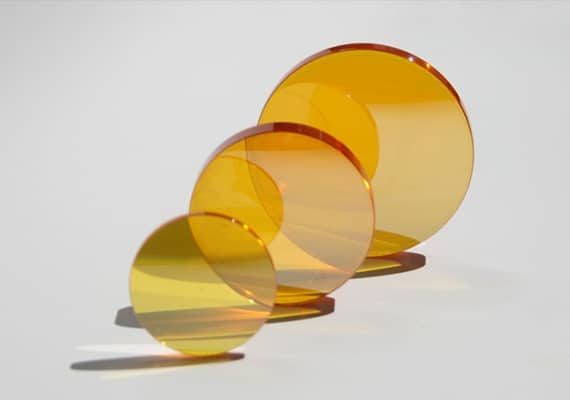
The machine is equipped with high-quality optics capable of producing a narrower, more stable laser beam, ensuring precise cutting paths and cleaner edges even on complex designs and delicate materials. In addition, high-quality optics help reduce beam divergence and losses, thereby improving energy efficiency.
| Model | AKJ-6040 | AKJ-6090 | AKJ-1390 | AKJ-1610 | AKJ-1810 | AKJ-1325 | AKJ-1530 |
|---|---|---|---|---|---|---|---|
| Working Area | 600*400mm | 600*900mm | 1300*900mm | 1600*1000mm | 1800*1000mm | 1300*2500mm | 1500*3000mm |
| Laser Type | CO2 Laser | ||||||
| Laser Power | 80-300W | ||||||
| Power Supply | 220V/50HZ, 110V/60HZ | ||||||
| Cutting Speed | 0-20000mm/min | ||||||
| Engraving Speed | 0-40000mm/min | ||||||
| Min Line Width | ≤0.15mm | ||||||
| Position Accuracy | 0.01mm | ||||||
| Repetition Accuracy | 0.02mm | ||||||
| Cooling System | Water Cooling | ||||||
| Laser Power | Cutting Speed | 3mm | 5mm | 8mm | 10mm | 15mm | 20mm |
|---|---|---|---|---|---|---|---|
| 25W | Max Cutting Speed | 15mm/s | 7.5mm/s | 4.5mm/s | 3mm/s | 1.5mm/s | 0.75mm/s |
| Optimal Cutting Speed | 10mm/s | 5mm/s | 3mm/s | 2mm/s | 1mm/s | 0.5mm/s | |
| 40W | Max Cutting Speed | 22.5mm/s | 12mm/s | 7.5mm/s | 4.5mm/s | 3mm/s | 1.5mm/s |
| Optimal Cutting Speed | 15mm/s | 8mm/s | 5mm/s | 3mm/s | 2mm/s | 1mm/s | |
| 60W | Max Cutting Speed | 30mm/s | 15mm/s | 10.5mm/s | 7.5mm/s | 4.5mm/s | 3mm/s |
| Optimal Cutting Speed | 20mm/s | 10mm/s | 7mm/s | 5mm/s | 3mm/s | 2mm/s | |
| 80W | Max Cutting Speed | 37.5mm/s | 18mm/s | 12mm/s | 9mm/s | 6mm/s | 3.75mm/s |
| Optimal Cutting Speed | 25mm/s | 12mm/s | 8mm/s | 6mm/s | 4mm/s | 2.5mm/s | |
| 100W | Max Cutting Speed | 45mm/s | 22.5mm/s | 15mm/s | 12mm/s | 7.5mm/s | 5.25mm/s |
| Optimal Cutting Speed | 30mm/s | 15mm/s | 10mm/s | 8mm/s | 5mm/s | 3.5mm/s | |
| 130W | Max Cutting Speed | 60mm/s | 30mm/s | 19.5mm/s | 15mm/s | 9mm/s | 6.75mm/s |
| Optimal Cutting Speed | 40mm/s | 20mm/s | 13mm/s | 10mm/s | 6mm/s | 4.5mm/s | |
| 150W | Max Cutting Speed | 67.5mm/s | 34.5mm/s | 22.5mm/s | 16.5mm/s | 10.5mm/s | 7.5mm/s |
| Optimal Cutting Speed | 45mm/s | 23mm/s | 15mm/s | 11mm/s | 7mm/s | 5mm/s | |
| 180W | Max Cutting Speed | 75mm/s | 40.5mm/s | 25.5mm/s | 19.5mm/s | 12mm/s | 9mm/s |
| Optimal Cutting Speed | 50mm/s | 27mm/s | 17mm/s | 13mm/s | 8mm/s | 6mm/s | |
| 200W | Max Cutting Speed | 82.5mm/s | 45mm/s | 30mm/s | 22.5mm/s | 13.5mm/s | 10.5mm/s |
| Optimal Cutting Speed | 55mm/s | 30mm/s | 20mm/s | 15mm/s | 9mm/s | 7mm/s |
| Features | Laser Cutting | Die Cutting | Hot Knife Cutting | Waterjet Cutting |
|---|---|---|---|---|
| Precision | High | High | Moderate to High | High |
| Cutting Speed | High | High (for batches) | Moderate to High | Moderate to High |
| Heat-Affected Zone | Minimal | None | Minimal | None |
| Material Thickness | Thin to Thick | Thin to Medium | Thin to Medium | Thin to Thick |
| Material Types | Various Plastics, Films, Foils | Mylar, Paper, Cardboard, Fabric, Gaskets | Mylar, Synthetic Fabrics | Mylar, Plastics, Foam, Rubber, Composites |
| Suitable for Intricate Designs | Yes | Yes | Yes | Yes |
| Cost-effectiveness | Moderate to High | Moderate to High | Moderate | High |
| Versatility | Versatile | Limited to Shapes | Limited | Versatile |
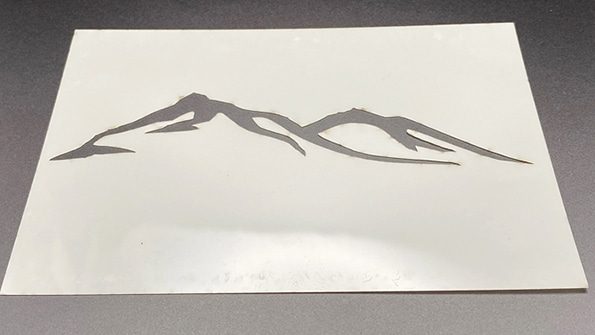
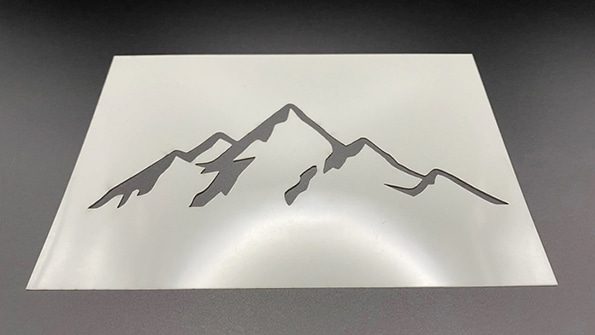

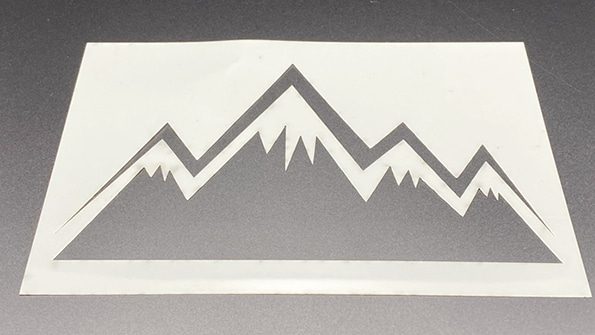
Yes, the laser can cut mylar. Mylar is a type of polyester film commonly used in a variety of applications including crafting, stencils, packaging, and more. Laser cutting is a precise and effective method of cutting mylar because of its high cutting accuracy and ability to produce clean, detailed cuts.
The mylar is a plastic material that produces fumes and odors when cut with a laser. Therefore, using a laser cutting machine in a well-ventilated area or with a proper exhaust system can help eliminate fumes and maintain a safe working environment.
When using a laser cutting machine to cut mylar, it is essential to select the proper laser settings, including power, speed, and focus, to ensure a clean and accurate cut. The exact settings may vary, depending on the type and thickness of mylar being used and the specific laser-cutting machine you have.
Always follow safety guidelines and wear proper protective equipment when cutting with a laser cutting machine. Because high-power lasers can be dangerous if used incorrectly.
While laser cutting is an accurate and efficient method of cutting polyester film and many other materials, it does have some disadvantages and limitations when applied to mylar:
Despite these drawbacks, laser cutting remains a popular choice for cutting mylar due to its precision and versatility. To mitigate these issues, proper equipment selection, maintenance, and operating procedures are critical. Additionally, certain applications may benefit from a post-processing step to address any edge quality or aesthetic issues caused by laser cutting.
Laser-cutting mylar is safe if proper precautions are taken. However, as with any industrial process involving lasers, there are inherent risks that need to be addressed to ensure operator and workspace safety. Here are some safety considerations when laser cutting mylar:
By following these safety guidelines, you can minimize the risks associated with laser cutting mylar and create a safer work environment. Always consult the manufacturer’s guidelines and safety recommendations for your specific laser-cutting equipment to ensure safe operation.
Maintaining your mylar laser cutting machine helps ensure that it operates efficiently, produces high-quality results, and remains safe to use. Regular maintenance also prevents unexpected breakdowns and production interruptions. Here are some general maintenance tips for mylar laser-cutting machines:
Following these maintenance practices can help extend the life of mylar laser-cutting machine and ensure it continues to deliver high-quality results safely and efficiently. Always refer to the manufacturer’s documentation and guides for specific maintenance instructions tailored to your machine model.
To prevent a laser cutting machine from overheating when cutting Mylar materials, follow these tips:
By carefully managing these factors, you can significantly reduce the risk of your laser cutting machine overheating when working with Mylar materials.
Choosing mylar for laser cutting depends on your specific needs and the type of laser cutting you are using. Mylar is a type of mylar that comes in a variety of formulations and thicknesses, each with its characteristics. The type of mylar that is best suited for laser cutting depends on factors such as thickness, color, and any additional coatings or features your project requires. Here are some factors to consider when choosing a mylar for laser cutting:
In general, clear, uncoated mylars of consistent thickness are good choices for laser cutting because of their clarity, precision, and ease of cutting. However, before embarking on a larger cutting task, it is recommended to start with a small test cut on a sample to ensure compatibility and achieve the desired result. Also, when working with mylar, always follow the manufacturer’s recommendations for material selection and laser settings.
Laser-cutting mylar is a precise and efficient process when done correctly, but some common mistakes can affect the cut quality and the performance of your laser-cutting machine. Here are some common mistakes to avoid when laser cutting mylar:
To minimize these common mistakes, one should receive proper training in laser cutting techniques, consult the owner’s manual of the laser cutting machine, and conduct thorough testing and experimentation to optimize settings for a specific mylar cutting job. Also, learning from experience and adjusting settings to your specific laser cutting machine and mylar material is key to achieving the desired results.
In general, thicker mylars require more laser power to cut effectively. The thickness of the mylar affects the required laser power in several ways, primarily due to the absorption, transmission, and thermal properties of the material. The following is the effect of the thickness of the mylar on the required laser power:
To determine the exact laser power requirements for cutting a specific thickness of mylar, you should perform a test cut. Start with a lower power setting and gradually increase the power setting until you achieve the desired cut quality without overburning or melting the material. Optimal laser settings may vary depending on the type, make, and model of the laser cutting machine. Additionally, consultation with the laser equipment manufacturer and consideration of safety precautions can help ensure safe and effective laser processing of mylars.
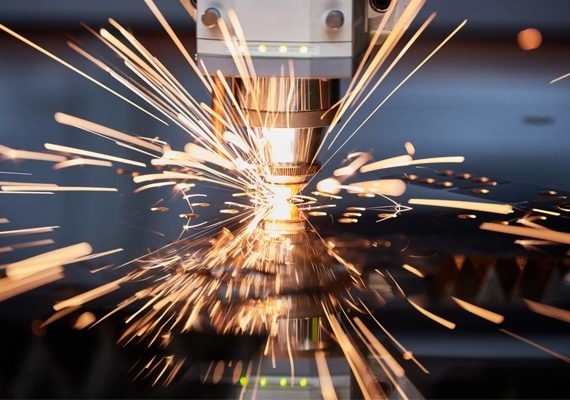
With years of experience in laser cutting technology, we have honed our expertise to provide cutting-edge solutions tailored to your unique needs. Our team of skilled engineers and technicians has the in-depth knowledge to ensure you get the perfect laser-cutting machine for your specific application.
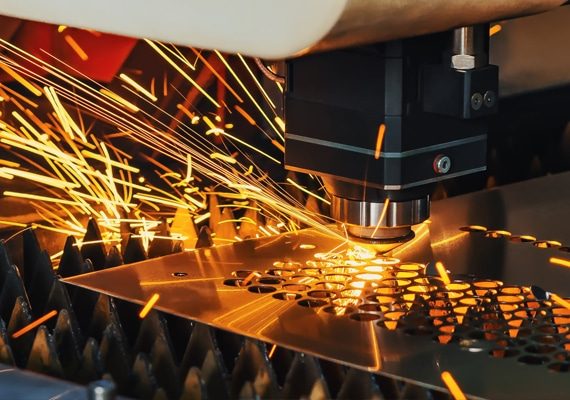
At AccTek Laser, we build strong relationships with our clients. Our dedicated support team provides prompt assistance and after-sales service to keep your laser-cutting machine running at its best for years to come. Your satisfaction is our top priority and we will help you every step of the way.

Quality is the cornerstone of our manufacturing process. Every laser-cutting machine is rigorously tested and adheres to strict quality control standards, ensuring that the product you receive meets the highest industry benchmarks. Our dedication to quality ensures you get a machine that performs consistently and delivers perfect cuts every time.

We understand the importance of cost efficiency in today’s competitive landscape. Our laser-cutting machines can provide excellent value for your investment, minimizing downtime and reducing operating costs while maximizing productivity and efficiency.
4 reviews for Mylar Laser Cutting Machine
Luuk –
Dependable performance from CO2 laser machine. Its speed and accuracy make it a valuable asset for meeting our production demands.
Aada –
Highly satisfied with laser cutter’s performance. It’s reliable, efficient, and contributes to our business’s success.
Samuel –
Remarkable cutting quality from laser cutter. It’s a reliable workhorse that consistently delivers flawless results, enhancing our productivity.
Aisha –
Our laser machine is an indispensable tool in our workshop. Its versatility and precision make it essential for our manufacturing processes.